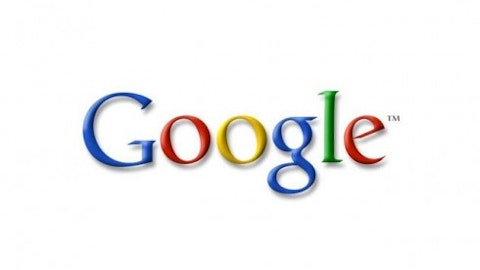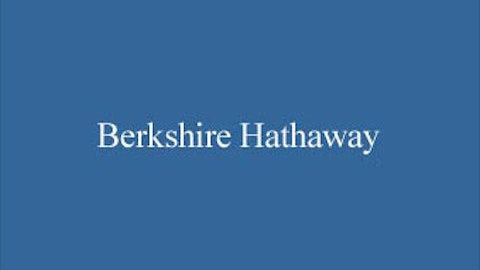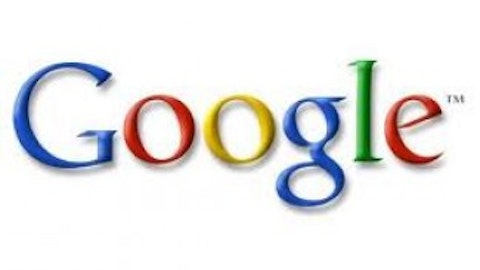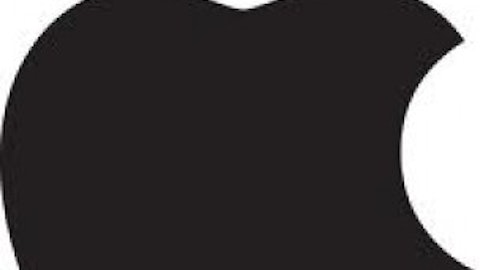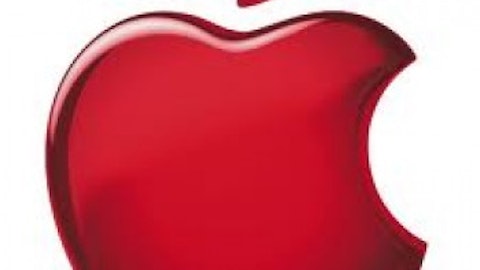This week, research firm IDC released its latest projections for the tablet computer market, showing that for the entirety of 2013, Microsoft Corporation (NASDAQ:MSFT) is expected to grab nearly 5% of the market. While the thrust of the report was that for the first time Google Inc (NASDAQ:GOOG)‘s Android is expected to take the market share lead over Apple Inc. (NASDAQ:AAPL)‘s iOS, there was some critical information about Microsoft’s position within the market. IDC projects that the overall tablet market will continue to grow at a rapid pace, and Microsoft is expected to experience the largest percentage increase among all three players. If the company is able to learn something from this report, it may be able to grow its share even more rapidly than expected.
Microsoft’s role in the tablet market
Last fall, Microsoft Corporation (NASDAQ:MSFT) released its first computer — a tablet dubbed the Surface RT, to differentiate it from the Surface Pro. The former runs a light version of the Microsoft operating system, and the later runs a full version of Windows, yet both exist in the tablet form factor. These devices have received mixed reviews, with some commentators believing that the Surface Pro in particular has the chance of changing personal computing, while others see it as functioning well as neither a tablet nor a laptop.
Because each has its own operating system, IDC breaks each out separately in its report. According to projections, Windows is expected to command a 2.8% market share in 2013, and Windows RT is expected to get 1.9%. The size of the overall market is expected to swell to 190.9 million units, up from the 172.4 million that IDC had predicted at the time of its last report. Future growth is expected to bring the total size of the market to 350 million units by 2017.
Looking forward, IDC expects Microsoft to grow its Windows tablet market share to 7.4% by 2017 and its Windows RT market share to 2.7%. The combination would give Microsoft more than 10% of the tablet market and represents 35 million units by that date. When compared with the numbers for Surface and Surface Pro thus far, that represents explosive growth.
Apple Inc. (NASDAQ:AAPL)and Google Inc (NASDAQ:GOOG)‘s relative role
If the pattern in tablets follows what we’ve seen in the smartphone market, Android will continue to grab market share by offering far less expensive devices that appeal to broader demographics. This phenomenon is even more pronounced in the tablet market, because so much tablet use can be accomplished through Wi-Fi networks. That means there are few subsidies available on tablets, so price is an even bigger concern. The cost spread to consumers for top smartphones is never more that $100 or so; the number is far larger in tablets. If Apple Inc. (NASDAQ:AAPL) remains the premium choice at a higher price and Google Inc (NASDAQ:GOOG) appeals to the low-cost market, Microsoft Corporation (NASDAQ:MSFT) will have clearly defined competition in each space and should be able to react accordingly.
Two areas of concern for Microsoft Corporation (NASDAQ:MSFT)
The first area of concern for Microsoft is the split focus. Tom Mainelli, research director of tablets at IDC, said:
Microsoft’s decision to push two different tablet operating systems, Windows 8 and Windows RT, has yielded poor results in the market so far. Consumers aren’t buying Windows RT’s value proposition, and long term we think Microsoft and its partners would be better served by focusing their attention on improving Windows 8. Such a focus could drive better share growth in the tablet category down the road.
While I agree with the sentiment, I wonder if this isn’t something Microsoft already understands. I allow for the possibility that the Surface RT was a way to do a soft rollout on the product before the full Windows version launched. Microsoft has made no mention of scrapping the RT version in the immediate term, but I believe it served its purpose, perhaps exactly as envisioned. Over time, the company will need to streamline its offerings, but as that occurs, a low-cost, full-Windows version will need to be released.
The second issue facing the Surface is its size. IDC reports that roughly half of the tablets shipped so far this year are of a smaller form factor. IDC’s Jitesh Ubrani explains: “Vendors are moving quickly to compete in this space as consumers realize that these small devices are often more ideal than larger tablets for their daily consumption habits.” Neither of the Surface devices are currently available in a smaller size, so this may be constraining sales.
Overall, Microsoft Corporation (NASDAQ:MSFT) is very well positioned to see significant growth in the segment. Even if the company only meets these estimates, this is a major uptick that warrants including the stock in your portfolio. If Microsoft can bring a successful Surface Mini to market and simultaneously turn the tablet into a productive Windows device, it may blow these numbers away. The company wasn’t the focus of the news, but it may be the biggest beneficiary.
The article Is Microsoft’s Tablet Simply Misunderstood? originally appeared on Fool.com and is written by Doug Ehrman.
Fool contributor Doug Ehrman has no position in any stocks mentioned. The Motley Fool recommends and owns shares of Apple, Google, and Microsoft.
Copyright © 1995 – 2013 The Motley Fool, LLC. All rights reserved. The Motley Fool has a disclosure policy.

